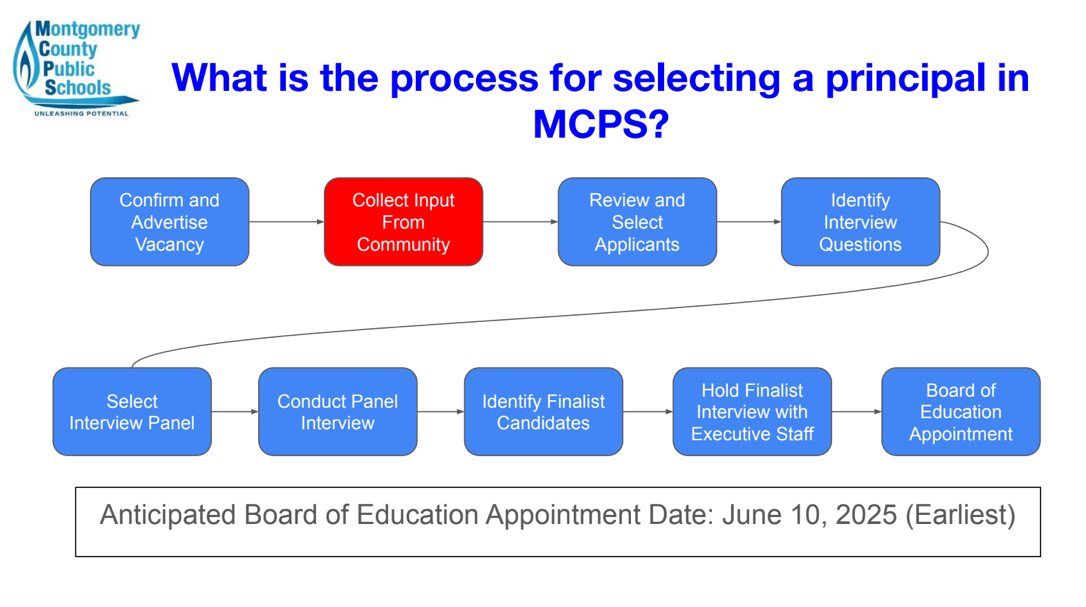It’s no secret that the Mexican-American border is the origin point of much controversy in American politics today— in recent years, it’s been difficult to watch the news without hearing talk of immigration, or the proposed wall. There’s even a National Geographic television show, Border Wars, that follows American government agents on the Mexican-American border. The current Mexican-American border is defined by the Rio Grande and has been a point of controversy between the neighboring countries for almost 200 years.
Let’s move backwards to this day in 1964. Over 50 years ago today President Lyndon B. Johnson and Mexican President Gustavo Diaz Ordaz initiated an explosion that would divert the Rio Grande, changing the Mexican-American border, and the U.S. lost one square mile of territory.
In a piece by NPR, a resident of the disputed region, called Chamizal, recalled what the border was like prior to the redirection of the border. “The river was just more like a highway that you had to cross to get to where you needed to be,”Maria Eugenia Trillo said.
The region had, according to NPR, been a serious issue in Mexican-American politics. The issue stemmed from 100 years before the redirection of the river, when the Rio Grande moved south following a flood. President Johnson had decided to return the territory in hopes of defusing tensions between the two countries, which forced the 5,000 residents of the Chamizal regions to either move or have their homes become part of Mexico.
The resolution of the Chamizal dispute was far from the first time the Mexican-American border changed. Before that, in 1854, the U.S. had purchased parts of Arizona and New Mexico from Mexico in efforts to build a railroad, in a move known to APUSH students as the Gadsden Purchase.
Less then 10 years before that, Mexico had been forced to cede California, Nevada, Utah, as well as parts of Arizona, New Mexico and Colorado to the U.S. after the signing of the Treaty of Guadalupe-Hidalgo, which ended the Mexican-American War in 1848.
The Mexican-American War itself was over a border dispute. The war had begun in 1846 when American troops were attacked in a disputed border zone along the Rio Grande by Mexican soldiers. In addition, Texas, which had fought from its independence from Mexico, had been annexed by the U.S. in 1845, which had helped motivate the war.
The Mexican-American border from 1821, when Mexico gained its independence from Spain, is almost unrecognizable today. Back then Mexico included Arizona, California, Nevada, New Mexico, Utah, Texas, as well as parts of Colorado, Kansas, Wyoming and Oklahoma. Little could they have known the great lengths the neighbouring countries would go to change the border or how difficult maintaining peace would be.







